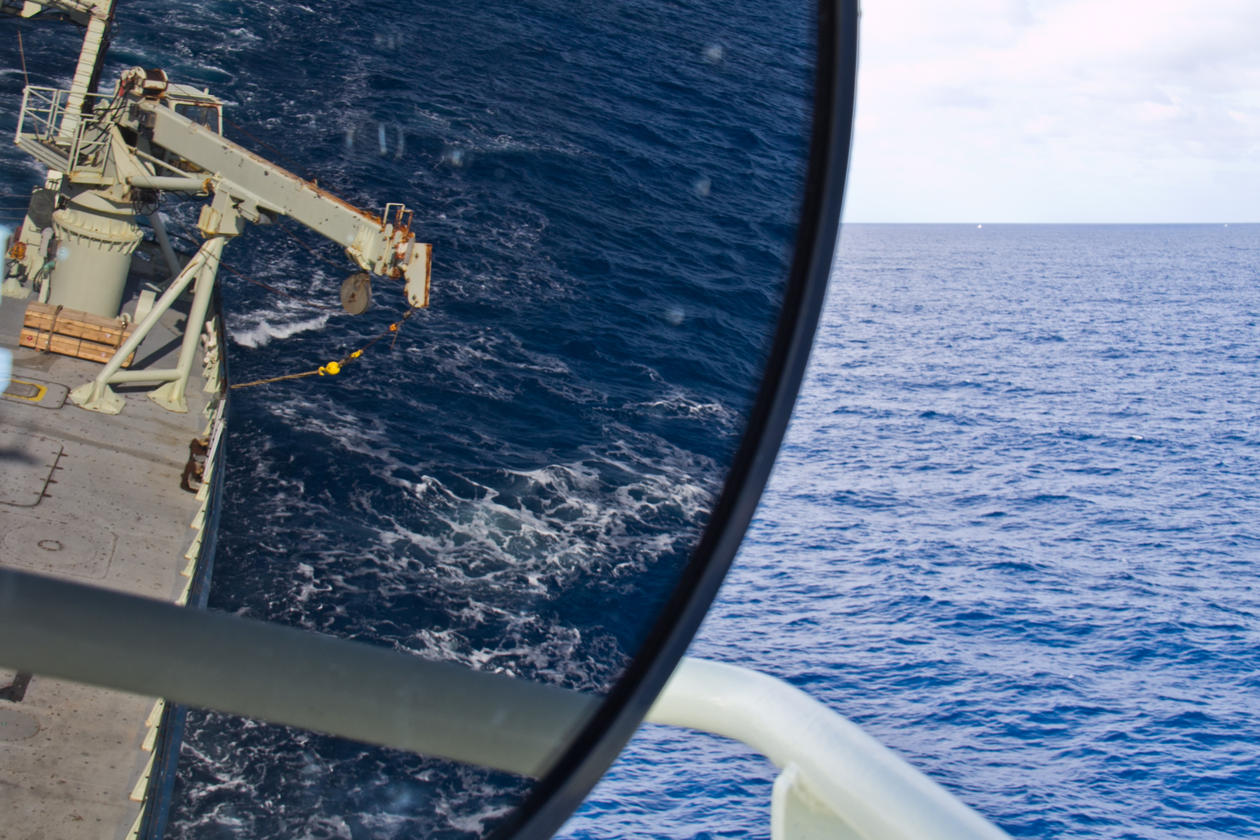Theme Goals and Methods
The questions and objectives the theme pursues and the main methods they use in their research

Hovedinnhold
The Arctic Mid-Ocean Ridge (AMOR) (i.e. the ridges in the Norwegian-Greenland Sea and the Arctic Ocean) is one of the few places along the global ridge system where spreading occurs at an ultra-slow rate. This ridge system is also among the least understood parts of the constructive plate margins. Over the last years our group has explored the ice-free part of AMOR. Large ridge segments have been mapped, sampled and explored for hydrothermal activity, resulting in the discovery of two large vent fields at 71°N. The vent fields are present at the shallow (500-700m) southern part of the ridge, where proximity to the Iceland hot spot results in robust volcanic activity and a thick basaltic crust. In addition, we have located hydrothermal plumes and recovered hydrothermal deposits in deeper waters (~3000m) to the north, where volcanic activity is scarce, the crust appears to become thin or missing, and where seafloor mapping and geophysical surveys suggest that mantle is exhumed to the surface by tectonic processes close to the area where we have detected hydrothermal venting. This 600km long supersegment (called the Mohns Ridge) is easily accessible from Norwegian harbors and the known venting areas are conveniently located within Norwegian territorial waters. By doing targeted studies on this ridge segment and by exploring AMOR further to the north, we will approach the following hydrothermal objectives:
The main objectives of our research will be to:
- quantify hydrothermal venting activity at ultra-slow spreading rates using water column studies and the unique sonar capabilities of RV GO Sars
- determine the geological diversity of hydrothermal vent fields at ultra-slow spreading rate
- test, by combining geophysical, structural and geochemical methods, to what extent tectonic exhumation of the mantle and mantle-water interactions drives hydrothermal systems at the extreme slow-spreading end of constructive plate margins
- characterize the physical and chemical characteristics of hydrothermal plumes, and in particular test to what extent relative shallow venting in some areas and an unusually thick winter-mixed-layer results in hydrothermal fertilization of the surface waters
